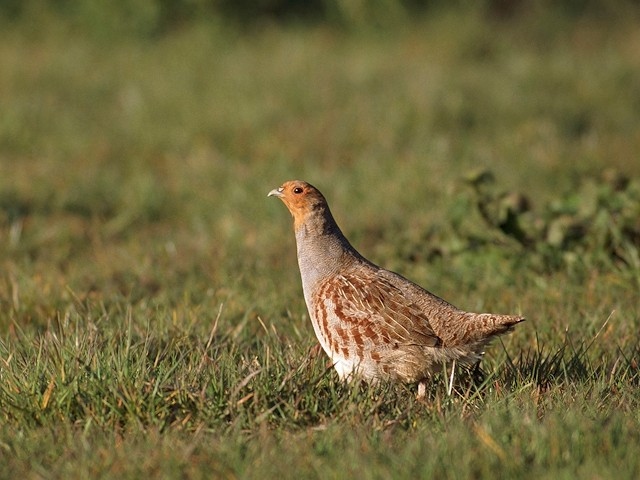The nature of Christmas
Date published: 26 December 2020

Photo: Chris Gomersall (rspb-images.com)
Robin Erithacus rubecula, feeding on bird table
When putting up your decorations or writing your Christmas cards, have you ever wondered why we associate robins with Christmas? Maybe you’ve always wondered where “the holly and the ivy” came from, or if partridges really do roost in a pear tree. In the run up to Christmas, the RSPB is taking a look at festive folklore and tradition in an attempt to answer: what is the nature of Christmas?
Robins aren’t just for Christmas
Crowned Britain’s National Bird, the robin is a firm favourite amongst the country’s feathered friends, especially at Christmas time.
Associated with Christmas since the 1900s, the relationship between robins and the festive season is inspired by the bright red uniforms of Victorian postmen. As Christmas cards arrived through the post, the link was made between the familiar little bird and the spreading of Christmas cheer, which has led to them featuring on many a Christmas card ever since.
As a familiar garden bird to many, robins may be seen all year round, but they are most in need of your help during the winter months when natural food supplies run low, according to the RSPB.
The charity, which has been monitoring trends in garden bird numbers for over 40 years, report that robin numbers are in decline by 32% since 1979, as well as many other of the country’s garden favourites. Therefore, the RSPB is urging the public to keep their feeders stocked and water topped up as our feathered friends head to gardens in search of food.
Deck the halls with boughs of holly
While you’ve got your eyes peeled for robins, you may notice the holly growing despite the cold weather. Used as decorations as far back as the Roman times, holly branches were used long before pine trees were introduced as an English festive decoration, with the prickly leaves of holly thought to symbolise the crown of thorns Jesus wore.
Linked to ivy through Pagan Winter Solstice traditions, both plants were used to ward off evil spirits and celebrate new growth. According to the RSPB, this new growth is great for wildlife, as the berries provide vital winter food for birds and ivy nectar is a fantastic late season nectar source for insects. To help the wildlife in your local area, check out the RSPB’s guide to gardening with wildlife in mind.

A partridge in a pear tree
A popular Christmas song, a partridge in a pear tree is all about the birds. Sadly, the song title is a little misleading, as partridges are ground nesting birds and so the chances of finding them roosting in a pear tree are very slim. In fact, grey partridges are on the RSPB’s red list for conservation concern, and so you’ll be lucky to spot one.
According to the RSPB, one in four birds are now on this ‘red list’ and at risk of going extinct - to learn more about how you can help these birds, see here.
Do you have a story for us?
Let us know by emailing news@rochdaleonline.co.uk
All contact will be treated in confidence.
Most Viewed News Stories
To contact the Rochdale Online news desk, email news@rochdaleonline.co.uk or visit our news submission page.
To get the latest news on your desktop or mobile, follow Rochdale Online on Twitter and Facebook.


